1. Osadchiy V, Martin CR, Mayer EA. 2019; The gut-brain axis and the microbiome: mechanisms and clinical implications. Clin Gastroenterol Hepatol. 17:322–332. DOI:
10.1016/j.cgh.2018.10.002. PMID:
30292888. PMCID:
PMC6999848.

3. Kwa M, Plottel CS, Blaser MJ, Adams S. 2016; The intestinal microbiome and estrogen receptor-positive female breast cancer. J Natl Cancer Inst. 108:djw029.
5. De Filippo C, Cavalieri D, Di Paola M, et al. 2010; Impact of diet in shaping gut microbiota revealed by a comparative study in children from Europe and rural Africa. Proc Natl Acad Sci U S A. 107:14691–14696. DOI:
10.1073/pnas.1005963107. PMID:
20679230. PMCID:
PMC2930426.

6. Lee SM, Kim N, Yoon H, Nam RH, Lee DH. 2018; Microbial changes and host response in F344 rat colon depending on sex and age following a high-fat diet. Front Microbiol. 9:2236. DOI:
10.3389/fmicb.2018.02236. PMID:
30298061. PMCID:
PMC6160749.

7. Foley KP, Zlitni S, Denou E, et al. 2018; Long term but not short term exposure to obesity related microbiota promotes host insulin resistance. Nat Commun. 9:4681. DOI:
10.1038/s41467-018-07146-5. PMID:
30409977. PMCID:
PMC6224578.

8. Lee HS, Cho YH, Park J, Shin HR, Sung MK. 2013; Dietary intake of phytonutrients in relation to fruit and vegetable consumption in Korea. J Acad Nutr Diet. 113:1194–1199. DOI:
10.1016/j.jand.2013.04.022. PMID:
23830325.

9. Regu GM, Kim H, Kim YJ, et al. 2017; Association between dietary carotenoid intake and bone mineral density in Korean adults aged 30-75 years using data from the fourth and fifth Korean national health and nutrition examination surveys (2008-2011). Nutrients. 9:1025. DOI:
10.3390/nu9091025. PMID:
28926945. PMCID:
PMC5622785.

10. Jašarević E, Morrison KE, Bale TL. 2016; Sex differences in the gut microbiome-brain axis across the lifespan. Philos Trans R Soc Lond B Biol Sci. 371:20150122. DOI:
10.1098/rstb.2015.0122. PMID:
26833840. PMCID:
PMC4785905.

11. Bäckhed F, Roswall J, Peng Y, et al. 2015; Dynamics and stabilization of the human gut microbiome during the first year of life. Cell Host Microbe. 17:852. DOI:
10.1016/j.chom.2015.05.012. PMID:
26308884.

12. Dominguez-Bello MG, Costello EK, Contreras M, et al. 2010; Delivery mode shapes the acquisition and structure of the initial microbiota across multiple body habitats in newborns. Proc Natl Acad Sci U S A. 107:11971–11975. DOI:
10.1073/pnas.1002601107. PMID:
20566857. PMCID:
PMC2900693.

13. Blustein J, Attina T, Liu M, et al. 2013; Association of caesarean delivery with child adiposity from age 6 weeks to 15 years. Int J Obes (Lond). 37:900–906. DOI:
10.1038/ijo.2013.49. PMID:
23670220. PMCID:
PMC5007946.

14. Roduit C, Scholtens S, de Jongste JC, et al. 2009; Asthma at 8 years of age in children born by caesarean section. Thorax. 64:107–113. DOI:
10.1136/thx.2008.100875. PMID:
19052046.

15. Renz-Polster H, David MR, Buist AS, et al. 2005; Caesarean section delivery and the risk of allergic disorders in childhood. Clin Exp Allergy. 35:1466–1472. DOI:
10.1111/j.1365-2222.2005.02356.x. PMID:
16297144.

16. Curran EA, O'Neill SM, Cryan JF, et al. 2015; Research review: birth by caesarean section and development of autism spectrum disorder and attention-deficit/hyperactivity disorder: a systematic review and meta-analysis. J Child Psychol Psychiatry. 56:500–508. DOI:
10.1111/jcpp.12351. PMID:
25348074.

17. Curran EA, Cryan JF, Kenny LC, Dinan TG, Kearney PM, Khashan AS. 2016; Obstetrical mode of delivery and childhood behavior and psychological development in a British cohort. J Autism Dev Disord. 46:603–614. DOI:
10.1007/s10803-015-2616-1. PMID:
26412364.

18. Jašarević E, Howerton CL, Howard CD, Bale TL. 2015; Alterations in the vaginal microbiome by maternal stress are associated with metabolic reprogramming of the offspring gut and brain. Endocrinology. 156:3265–3276. DOI:
10.1210/en.2015-1177. PMID:
26079804. PMCID:
PMC4541625.

19. Kunji ER, Mierau I, Hagting A, Poolman B, Konings WN. 1996; The proteolytic systems of lactic acid bacteria. Antonie Van Leeuwenhoek. 70:187–221. DOI:
10.1007/BF00395933. PMID:
8879407.

20. Jiang T, Savaiano DA. 1997; In vitro lactose fermentation by human colonic bacteria is modified by Lactobacillus acidophilus supplementation. J Nutr. 127:1489–1495. DOI:
10.1093/jn/127.8.1489. PMID:
9237942.

21. Soergel KH. 1994; Colonic fermentation: metabolic and clinical implications. Clin Investig. 72:742–748. DOI:
10.1007/BF00180540. PMID:
7865976.

22. McDonald JW, Johnston MV. 1990; Physiological and pathophysiological roles of excitatory amino acids during central nervous system development. Brain Res Brain Res Rev. 15:41–70. DOI:
10.1016/0165-0173(90)90011-C.

23. McDonald JW, Johnston MV. 1993; Excitatory amino acid neurotoxicity in the developing brain. NIDA Res Monogr. 133:185–205. DOI:
10.1037/e495962006-010.

25. Sisk CL, Foster DL. 2004; The neural basis of puberty and adolescence. Nat Neurosci. 7:1040–1047. DOI:
10.1038/nn1326. PMID:
15452575.

27. Markle JG, Frank DN, Mortin-Toth S, et al. 2013; Sex differences in the gut microbiome drive hormone-dependent regulation of autoimmunity. Science. 339:1084–1088. DOI:
10.1126/science.1233521. PMID:
23328391.

28. Spor A, Koren O, Ley R. 2011; Unravelling the effects of the environment and host genotype on the gut microbiome. Nat Rev Microbiol. 9:279–290. DOI:
10.1038/nrmicro2540. PMID:
21407244.

29. Mueller S, Saunier K, Hanisch C, et al. 2006; Differences in fecal microbiota in different European study populations in relation to age, gender, and country: a cross-sectional study. Appl Environ Microbiol. 72:1027–1033. DOI:
10.1128/AEM.72.2.1027-1033.2006. PMID:
16461645. PMCID:
PMC1392899.

30. Ober C, Loisel DA, Gilad Y. 2008; Sex-specific genetic architecture of human disease. Nat Rev Genet. 9:911–922. DOI:
10.1038/nrg2415. PMID:
19002143. PMCID:
PMC2694620.

31. Viña J, Borrás C, Gambini J, Sastre J, Pallardó FV. 2005; Why females live longer than males: control of longevity by sex hormones. Sci Aging Knowledge Environ. 2005:pe17. DOI:
10.1126/sageke.2005.23.pe17. PMID:
15944465.

32. Claesson MJ, Cusack S, O'Sullivan O, et al. 2011; Composition, variability, and temporal stability of the intestinal microbiota of the elderly. Proc Natl Acad Sci U S A. 108 Suppl 1:4586–4591. DOI:
10.1073/pnas.1000097107. PMID:
20571116. PMCID:
PMC3063589.

33. Claesson MJ, Jeffery IB, Conde S, et al. 2012; Gut microbiota composition correlates with diet and health in the elderly. Nature. 488:178–184. DOI:
10.1038/nature11319. PMID:
22797518.

34. Rampelli S, Candela M, Turroni S, et al. 2013; Functional metagenomic profiling of intestinal microbiome in extreme ageing. Aging (Albany NY). 5:902–912. DOI:
10.18632/aging.100623. PMID:
24334635. PMCID:
PMC3883706.

35. Biagi E, Nylund L, Candela M, et al. 2010; Through ageing, and beyond: gut microbiota and inflammatory status in seniors and centenarians. PLoS One. 5:e10667. DOI:
10.1371/journal.pone.0010667. PMID:
20498852. PMCID:
PMC2871786.

37. Salles N. 2007; Basic mechanisms of the aging gastrointestinal tract. Dig Dis. 25:112–117. DOI:
10.1159/000099474. PMID:
17468545.

38. Vandeputte D, Falony G, Vieira-Silva S, Tito RY, Joossens M, Raes J. 2016; Stool consistency is strongly associated with gut microbiota richness and composition, enterotypes and bacterial growth rates. Gut. 65:57–62. DOI:
10.1136/gutjnl-2015-309618. PMID:
26069274. PMCID:
PMC4717365.

39. Parthasarathy G, Chen J, Chen X, et al. 2016; Relationship between microbiota of the colonic mucosa vs feces and symptoms, colonic transit, and methane production in female patients with chronic constipation. Gastroenterology. 150:367–379.e1. DOI:
10.1053/j.gastro.2015.10.005. PMID:
26460205. PMCID:
PMC4727996.

40. Enck P, Zimmermann K, Rusch K, Schwiertz A, Klosterhalfen S, Frick JS. 2009; The effects of ageing on the colonic bacterial microflora in adults. Z Gastroenterol. 47:653–658. DOI:
10.1055/s-0028-1109055. PMID:
19606407.

41. Choi SI, Son JH, Kim N, et al. 2021; Changes in cecal microbiota and short-chain fatty acid during lifespan of the rat. J Neurogastroenterol Motil. 27:134–146. DOI:
10.5056/jnm20148. PMID:
33380558. PMCID:
PMC7786083.

42. Santos-Marcos JA, Rangel-Zuñiga OA, Jimenez-Lucena R, et al. 2018; Influence of gender and menopausal status on gut microbiota. Maturitas. 116:43–53. DOI:
10.1016/j.maturitas.2018.07.008. PMID:
30244778.

44. Roger LC, McCartney AL. 2010; Longitudinal investigation of the faecal microbiota of healthy full-term infants using fluorescence in situ hybridization and denaturing gradient gel electrophoresis. Microbiology (Reading). 156:3317–3328. DOI:
10.1099/mic.0.041913-0. PMID:
20829292.

45. Vulevic J, Juric A, Tzortzis G, Gibson GR. 2013; A mixture of trans-galactooligosaccharides reduces markers of metabolic syndrome and modulates the fecal microbiota and immune function of overweight adults. J Nutr. 143:324–331. DOI:
10.3945/jn.112.166132. PMID:
23303873.

47. Retzlaff JA, Tauxe WN, Kiely JM, Stroebel CF. 1969; Erythrocyte volume, plasma volume, and lean body mass in adult men and women. Blood. 33:649–661. DOI:
10.1182/blood.V33.5.649.649. PMID:
5779153.

48. Young JF, Luecke RH, Pearce BA, et al. 2009; Human organ/tissue growth algorithms that include obese individuals and black/white population organ weight similarities from autopsy data. J Toxicol Environ Health A. 72:527–540. DOI:
10.1080/15287390802647203. PMID:
19267313.

50. Yoon K, Kim N. 2021; Roles of sex hormones and gender in the gut microbiota. J Neurogastroenterol Motil. 27:314–325. DOI:
10.5056/jnm20208. PMID:
33762473. PMCID:
PMC8266488.

52. Menon R, Watson SE, Thomas LN, et al. 2013; Diet complexity and estrogen receptor β status affect the composition of the murine intestinal microbiota. Appl Environ Microbiol. 79:5763–5773. DOI:
10.1128/AEM.01182-13. PMID:
23872567. PMCID:
PMC3754184.

53. Flores R, Shi J, Fuhrman B, et al. 2012; Fecal microbial determinants of fecal and systemic estrogens and estrogen metabolites: a cross-sectional study. J Transl Med. 10:253. DOI:
10.1186/1479-5876-10-253. PMID:
23259758. PMCID:
PMC3552825.

54. Colldén H, Landin A, Wallenius V, et al. 2019; The gut microbiota is a major regulator of androgen metabolism in intestinal contents. Am J Physiol Endocrinol Metab. 317:E1182–E1192. DOI:
10.1152/ajpendo.00338.2019. PMID:
31689143. PMCID:
PMC6962501.

55. Shin JH, Park YH, Sim M, Kim SA, Joung H, Shin DM. 2019; Serum level of sex steroid hormone is associated with diversity and profiles of human gut microbiome. Res Microbiol. 170:192–201. DOI:
10.1016/j.resmic.2019.03.003. PMID:
30940469.

56. Drossman DA, Whitehead WE, Camilleri M. 1997; Irritable bowel syndrome: a technical review for practice guideline development. Gastroenterology. 112:2120–2137. DOI:
10.1053/gast.1997.v112.agast972120. PMID:
9178709.

57. Chey WD, Olden K, Carter E, Boyle J, Drossman D, Chang L. 2002; Utility of the Rome I and Rome II criteria for irritable bowel syndrome in U.S. women. Am J Gastroenterol. 97:2803–2811. DOI:
10.1111/j.1572-0241.2002.07026.x. PMID:
12425552.

58. Sandler RS. 1990; Epidemiology of irritable bowel syndrome in the United States. Gastroenterology. 99:409–415. DOI:
10.1016/0016-5085(90)91023-Y.

59. Whitehead WE, Palsson O, Jones KR. 2002; Systematic review of the co-morbidity of irritable bowel syndrome with other disorders: what are the causes and implications? Gastroenterology. 122:1140–1156. DOI:
10.1053/gast.2002.32392. PMID:
11910364.

60. Azpiroz F, Dapoigny M, Pace F, et al. 2000; Nongastrointestinal disorders in the irritable bowel syndrome. Digestion. 62:66–72. DOI:
10.1159/000007780. PMID:
10899728.

61. Ahlawat SK, Cuddihy MT, Locke GR 3rd. 2006; Gender-related differences in dyspepsia: a qualitative systematic review. Gend Med. 3:31–42. DOI:
10.1016/S1550-8579(06)80192-0.

62. Kim YS, Kim N. 2018; Sex-gender differences in irritable bowel syndrome. J Neurogastroenterol Motil. 24:544–558. DOI:
10.5056/jnm18082. PMID:
30347934. PMCID:
PMC6175559.

63. Choghakhori R, Abbasnezhad A, Amani R, Alipour M. 2017; Sex-related differences in clinical symptoms, quality of life, and biochemical factors in irritable bowel syndrome. Dig Dis Sci. 62:1550–1560. DOI:
10.1007/s10620-017-4554-6. PMID:
28374085.

64. Choi YJ, Kim N, Yoon H, et al. 2017; Overlap between irritable bowel syndrome and functional dyspepsia including subtype analyses. J Gastroenterol Hepatol. 32:1553–1561. DOI:
10.1111/jgh.13756. PMID:
28160607.

65. Lampe JW, Fredstrom SB, Slavin JL, Potter JD. 1993; Sex differences in colonic function: a randomised trial. Gut. 34:531–536. DOI:
10.1136/gut.34.4.531. PMID:
8387940. PMCID:
PMC1374316.

68. Houghton LA, Jackson NA, Whorwell PJ, Morris J. 2000; Do male sex hormones protect from irritable bowel syndrome? Am J Gastroenterol. 95:2296–2300. DOI:
10.1111/j.1572-0241.2000.02314.x. PMID:
11007231.

69. Lee SM, Kim N, Yoon H, et al. 2021; Compositional and functional changes in the gut microbiota in irritable bowel syndrome patients. Gut Liver. 15:253–261. DOI:
10.5009/gnl19379. PMID:
32457278. PMCID:
PMC7960967.

70. Distrutti E, Monaldi L, Ricci P, Fiorucci S. 2016; Gut microbiota role in irritable bowel syndrome: new therapeutic strategies. World J Gastroenterol. 22:2219–2241. DOI:
10.3748/wjg.v22.i7.2219. PMID:
26900286. PMCID:
PMC4734998.

71. Ait-Belgnaoui A, Payard I, Rolland C, et al. 2018; Bifidobacterium longum and Lactobacillus helveticus synergistically suppress stress-related visceral hypersensitivity through hypothalamic-pituitary-adrenal axis modulation. J Neurogastroenterol Motil. 24:138–146. DOI:
10.5056/jnm16167. PMID:
29291614. PMCID:
PMC5753912.
72. Pigrau M, Rodiño-Janeiro BK, Casado-Bedmar M, et al. 2016; The joint power of sex and stress to modulate brain-gut-microbiota axis and intestinal barrier homeostasis: implications for irritable bowel syndrome. Neurogastroenterol Motil. 28:463–486. DOI:
10.1111/nmo.12717. PMID:
26556786.

74. McGuckin MA, Eri R, Simms LA, Florin TH, Radford-Smith G. 2009; Intestinal barrier dysfunction in inflammatory bowel diseases. Inflamm Bowel Dis. 15:100–113. DOI:
10.1002/ibd.20539. PMID:
18623167.

75. Goodman WA, Erkkila IP, Pizarro TT. 2020; Sex matters: impact on pathogenesis, presentation and treatment of inflammatory bowel disease. Nat Rev Gastroenterol Hepatol. 17:740–754. DOI:
10.1038/s41575-020-0354-0. PMID:
32901108.

76. Shah SC, Khalili H, Gower-Rousseau C, et al. 2018; Sex-based differences in incidence of inflammatory bowel diseases-pooled analysis of population-based studies from Western countries. Gastroenterology. 155:1079–1089.e3.

77. Song CH, Kim N, Sohn SH, et al. 2018; Effects of 17β-estradiol on colonic permeability and inflammation in an azoxymethane/dextran sulfate sodium-induced colitis mouse model. Gut Liver. 12:682–693. DOI:
10.5009/gnl18221. PMID:
30400733. PMCID:
PMC6254630.
78. Son HJ, Kim N, Song CH, Lee SM, Lee HN, Surh YJ. 2020; 17β-Estradiol reduces inflammation and modulates antioxidant enzymes in colonic epithelial cells. Korean J Intern Med. 35:310–319. DOI:
10.3904/kjim.2018.098. PMID:
30336658. PMCID:
PMC7061017.

79. Cornish JA, Tan E, Simillis C, Clark SK, Teare J, Tekkis PP. 2008; The risk of oral contraceptives in the etiology of inflammatory bowel disease: a meta-analysis. Am J Gastroenterol. 103:2394–2400. DOI:
10.1111/j.1572-0241.2008.02064.x. PMID:
18684177.

80. Ortizo R, Lee SY, Nguyen ET, Jamal MM, Bechtold MM, Nguyen DL. 2017; Exposure to oral contraceptives increases the risk for development of inflammatory bowel disease: a meta-analysis of case-controlled and cohort studies. Eur J Gastroenterol Hepatol. 29:1064–1070. DOI:
10.1097/MEG.0000000000000915. PMID:
28542115.
81. Jess T, Gamborg M, Matzen P, Munkholm P, Sørensen TI. 2005; Increased risk of intestinal cancer in Crohn's disease: a meta-analysis of population-based cohort studies. Am J Gastroenterol. 100:2724–2729. DOI:
10.1111/j.1572-0241.2005.00287.x. PMID:
16393226.

82. Saha S, Zhao YQ, Shah SA, et al. 2014; Menstrual cycle changes in women with inflammatory bowel disease: a study from the ocean state Crohn's and colitis area registry. Inflamm Bowel Dis. 20:534–540. DOI:
10.1097/01.MIB.0000441347.94451.cf. PMID:
24451220. PMCID:
PMC4347838.
83. Rustgi SD, Kayal M, Shah SC. 2020; Apr. 28. Sex-based differences in inflammatory bowel diseases: a review. Therap Adv Gastroenterol. [Epub ahead of print]. DOI:
10.1177/1756284820915043. PMID:
32523620. PMCID:
PMC7236567.

84. Geuking MB, Köller Y, Rupp S, McCoy KD. 2014; The interplay between the gut microbiota and the immune system. Gut Microbes. 5:411–418. DOI:
10.4161/gmic.29330. PMID:
24922519. PMCID:
PMC4153781.

85. Son HJ, Kim N, Song CH, et al. 2019; Sex-related alterations of gut microbiota in the C57BL/6 mouse model of inflammatory bowel disease. J Cancer Prev. 24:173–182. DOI:
10.15430/JCP.2019.24.3.173. PMID:
31624723. PMCID:
PMC6786806.

87. Song CH, Kim N, Nam RH, Choi SI, Lee HN, Surh YJ. 2020; 17β-Estradiol supplementation changes gut microbiota diversity in intact and colorectal cancer-induced ICR male mice. Sci Rep. 10:12283. DOI:
10.1038/s41598-020-69112-w. PMID:
32704056. PMCID:
PMC7378548.

88. Kozik AJ, Nakatsu CH, Chun H, Jones-Hall YL. 2017; Age, sex, and TNF associated differences in the gut microbiota of mice and their impact on acute TNBS colitis. Exp Mol Pathol. 103:311–319. DOI:
10.1016/j.yexmp.2017.11.014. PMID:
29175304.

89. Lee SM, Kim N, Son HJ, et al. 2016; The effect of sex on the azoxymethane/dextran sulfate sodium-treated mice model of colon cancer. J Cancer Prev. 21:271–278. DOI:
10.15430/JCP.2016.21.4.271. PMID:
28053962. PMCID:
PMC5207612.

90. Son HJ, Sohn SH, Kim N, et al. 2019; Effect of estradiol in an azoxymethane/dextran sulfate sodium-treated mouse model of colorectal cancer: implication for sex difference in colorectal cancer development. Cancer Res Treat. 51:632–648. DOI:
10.4143/crt.2018.060. PMID:
30064198. PMCID:
PMC6473282.

91. Song CH, Kim N, Lee SM, et al. 2019; Effects of 17β-estradiol on color-ectal cancer development after azoxymethane/dextran sulfate sodium treatment of ovariectomized mice. Biochem Pharmacol. 164:139–151. DOI:
10.1016/j.bcp.2019.04.011. PMID:
30981879.
92. Song CH, Kim N, Nam RH, et al. 2021; Testosterone strongly enhances azoxymethane/dextran sulfate sodium-induced colorectal cancer development in C57BL/6 mice. Am J Can Res. 11:3145–3162.

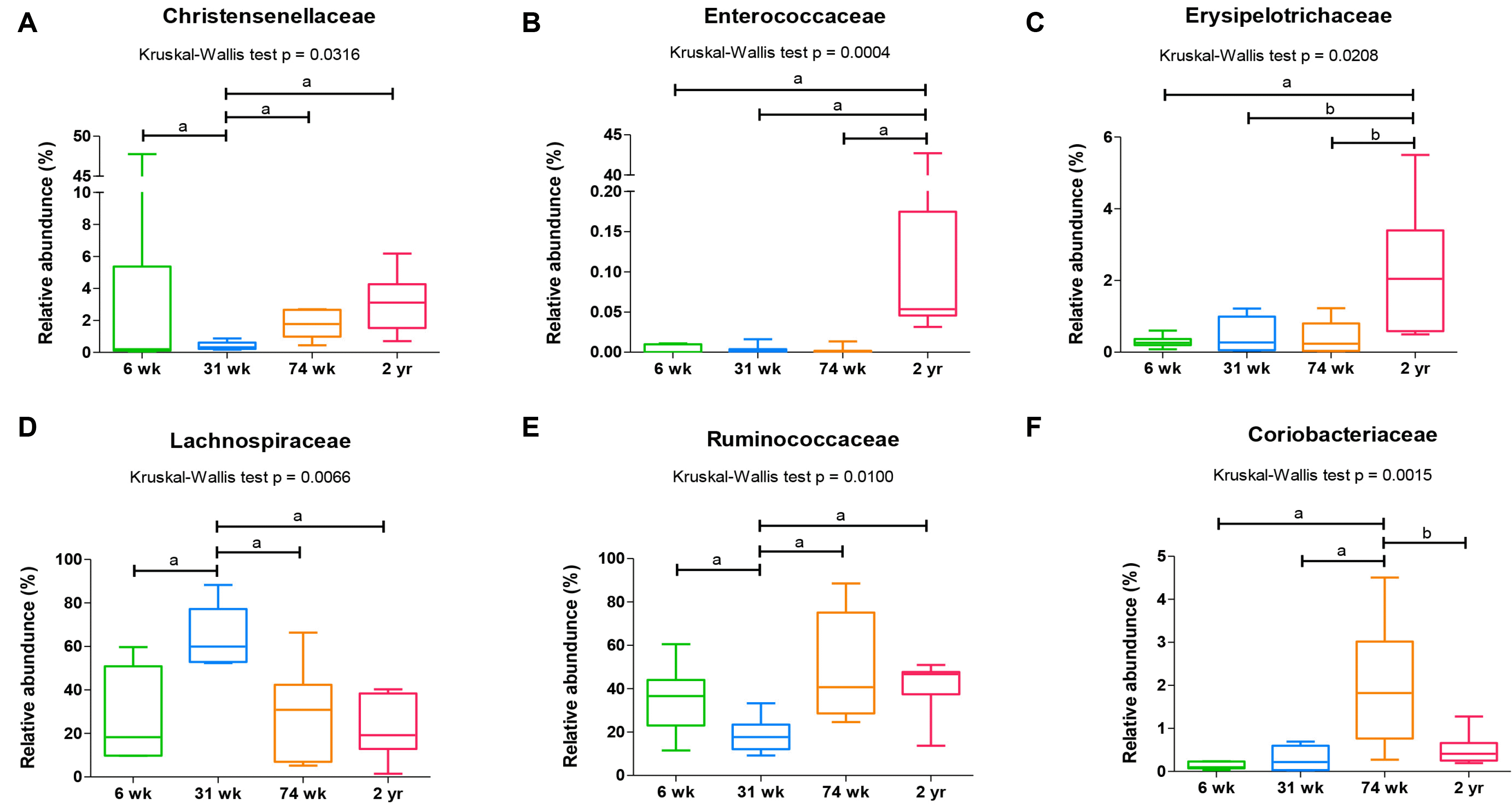
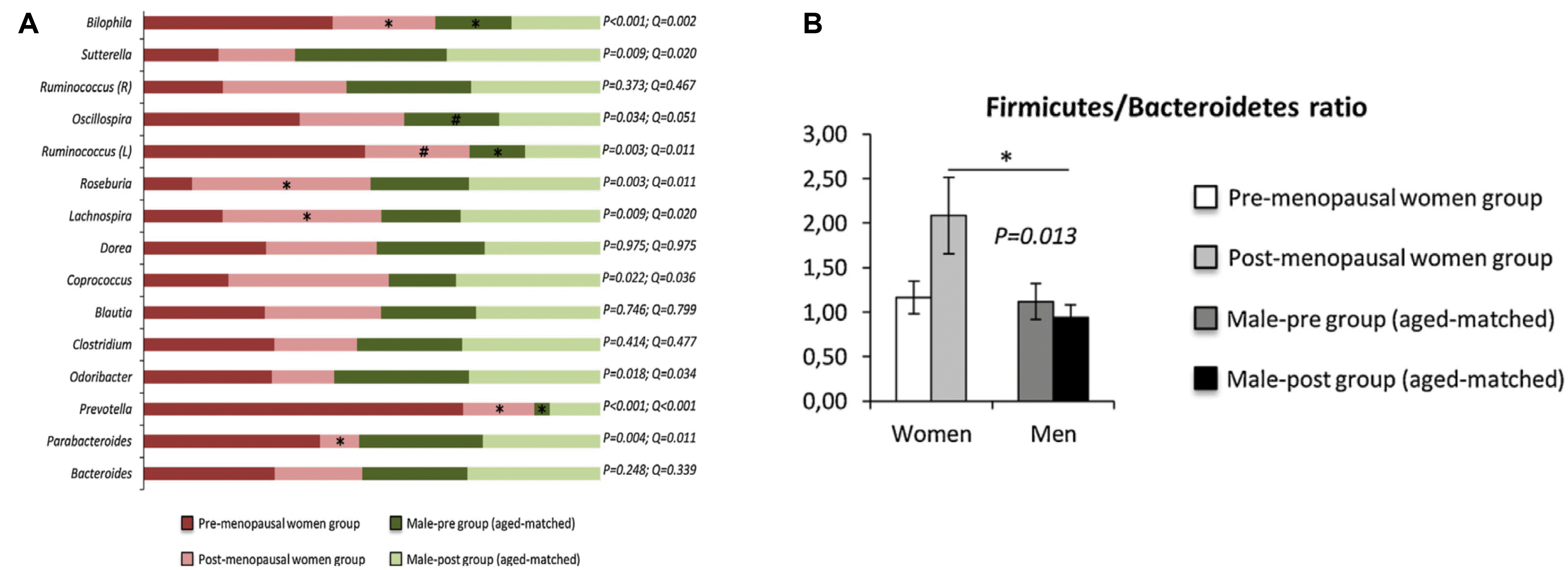
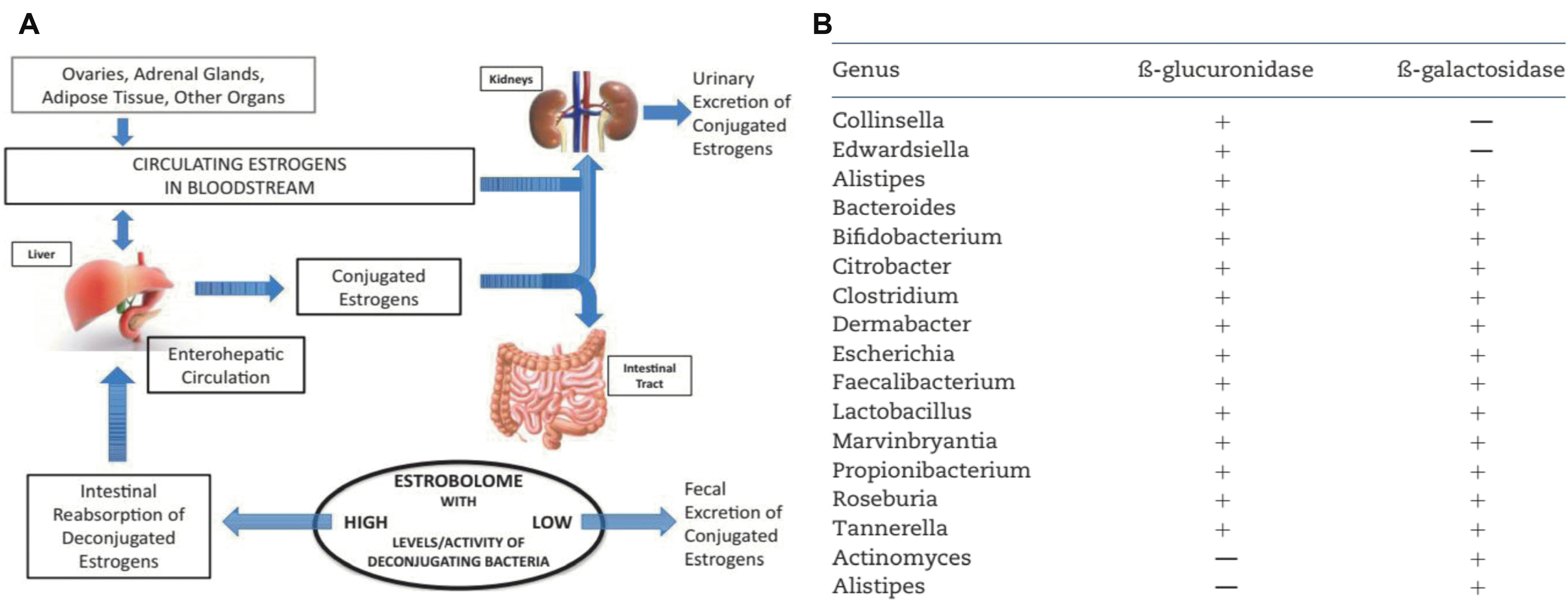
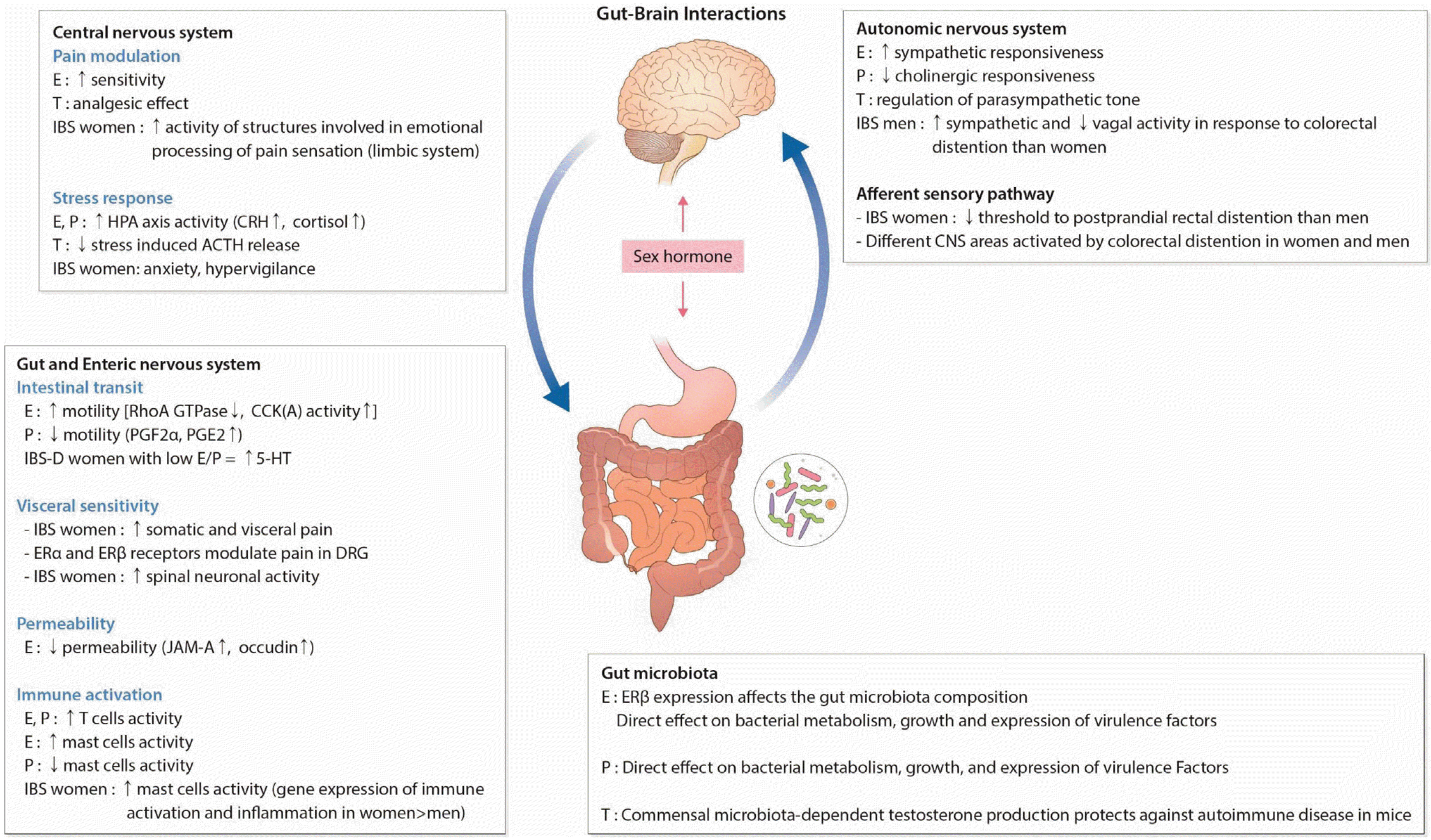

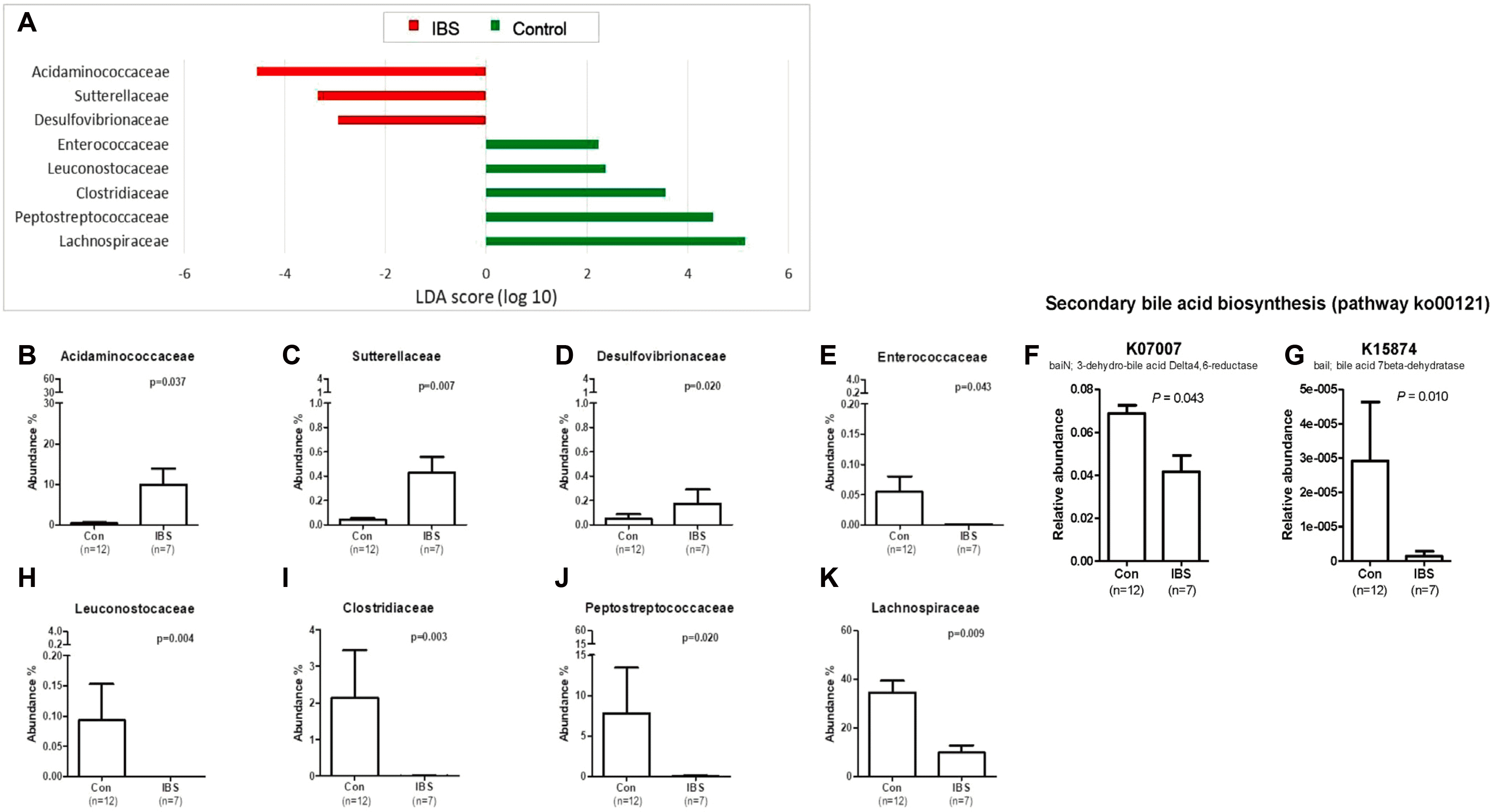
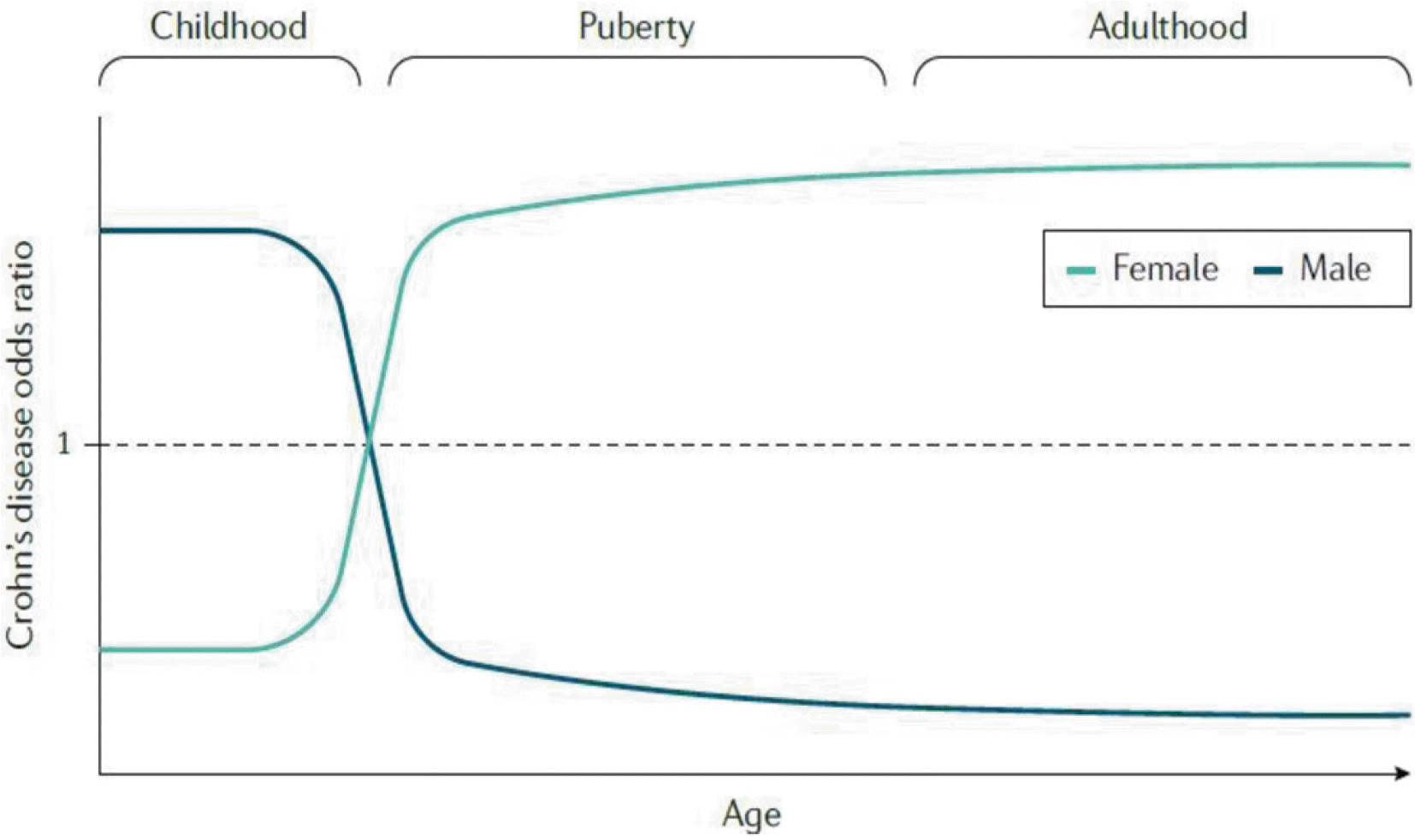
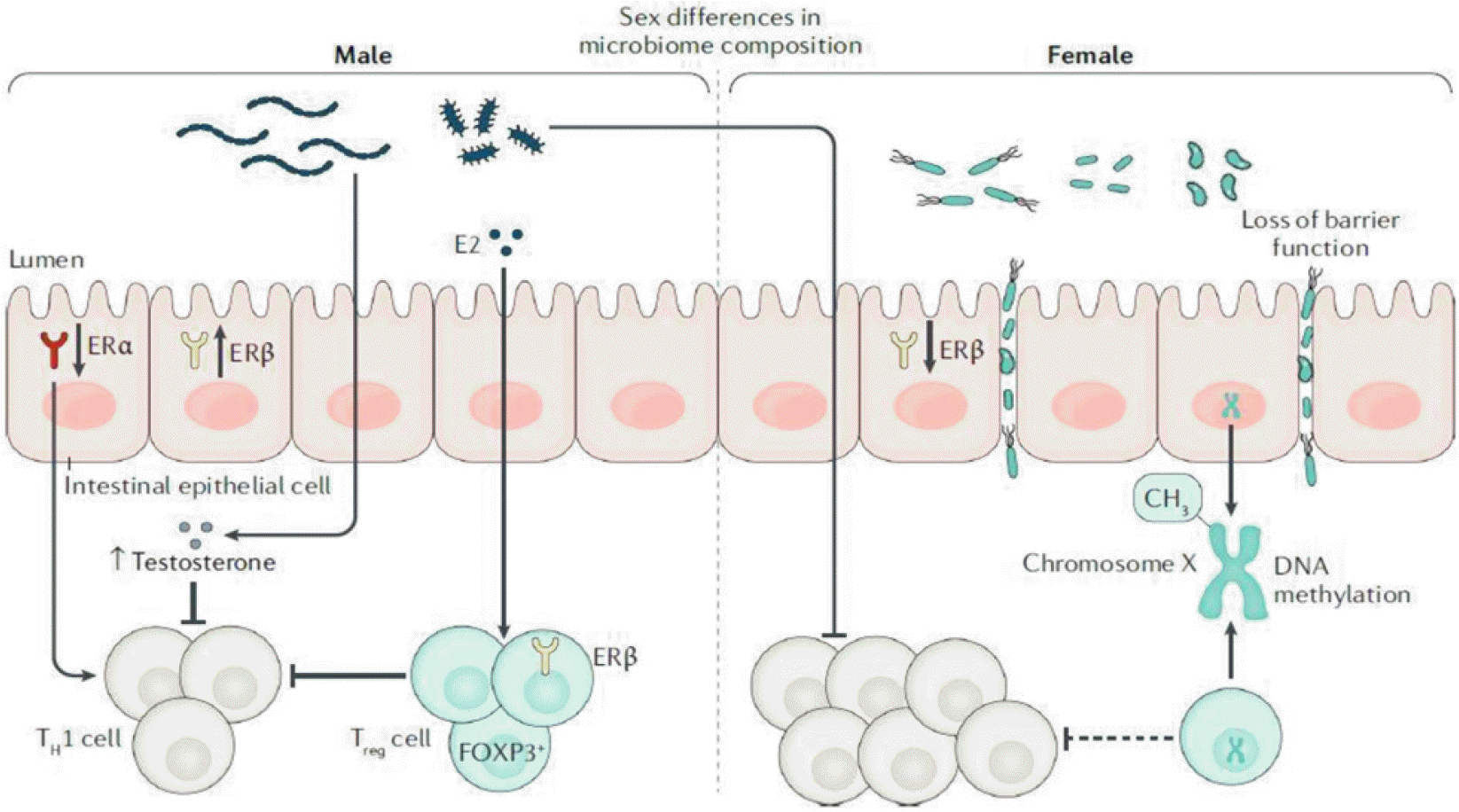
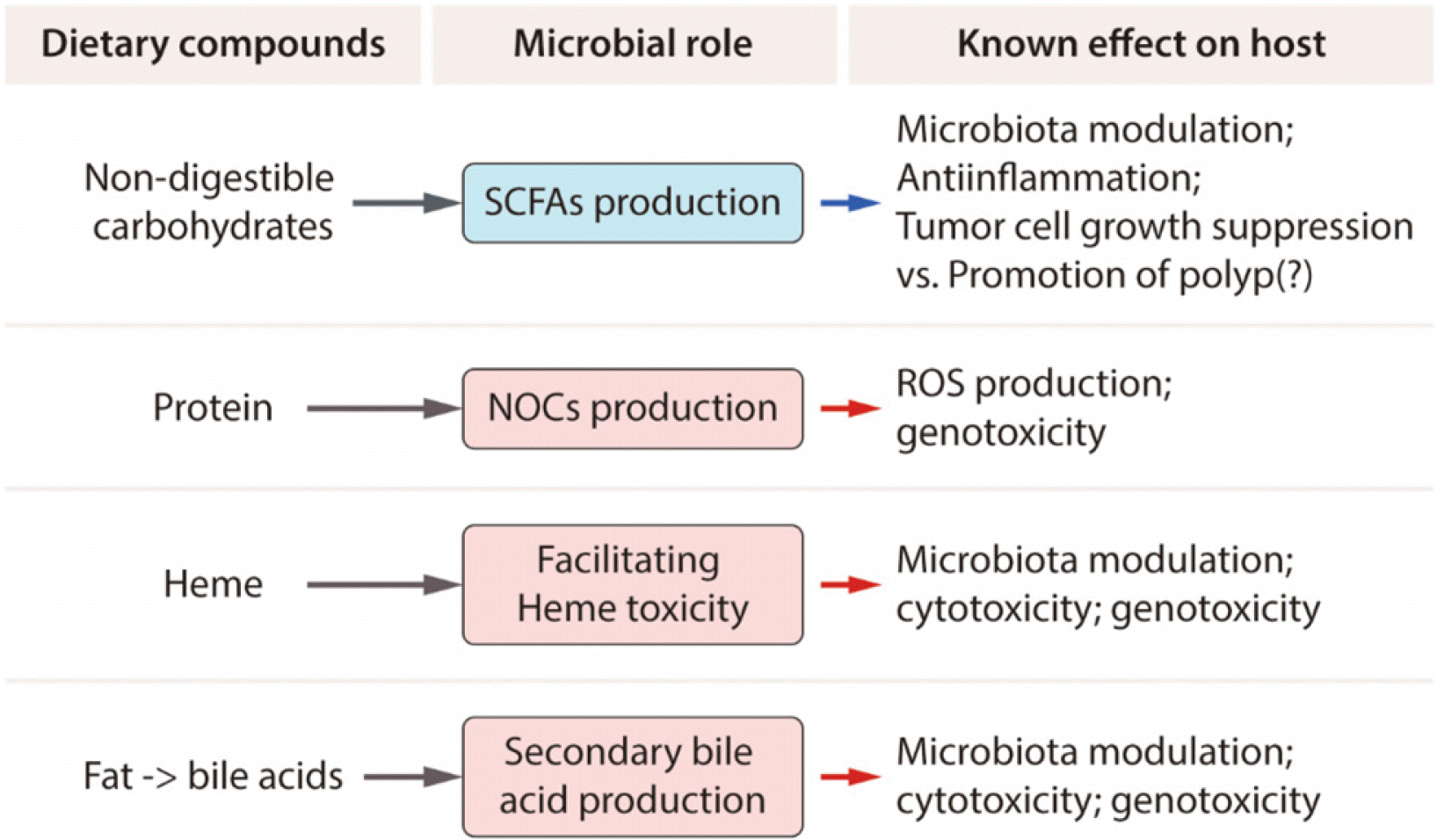
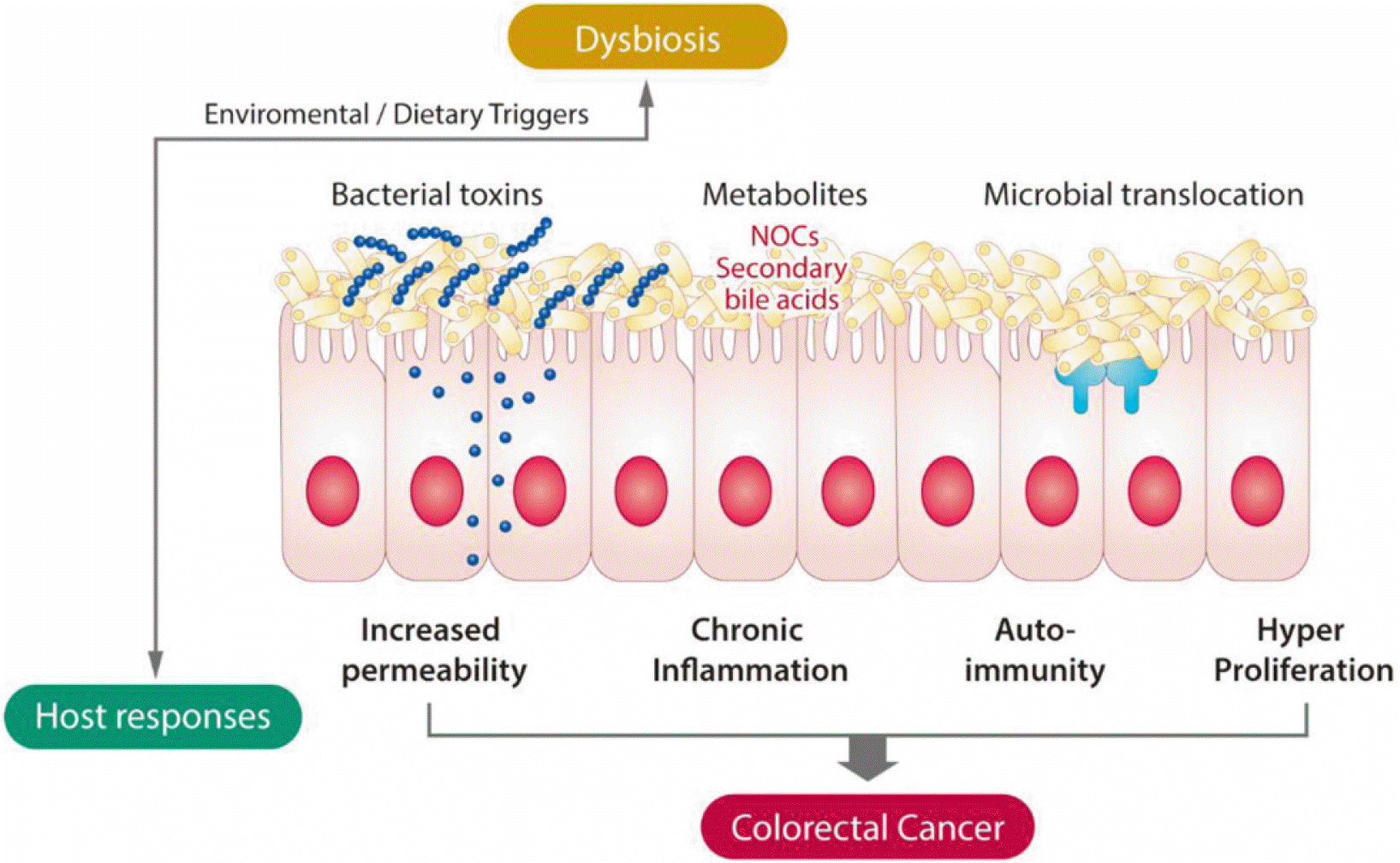




 PDF
PDF Citation
Citation Print
Print



 XML Download
XML Download